Find Help
More Items From Ergsy search
-
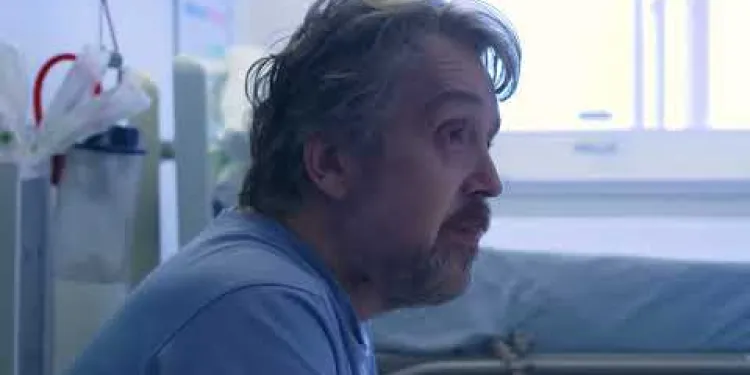
NHS Forth Valley’s Stroke Team
Relevance: 100%
-
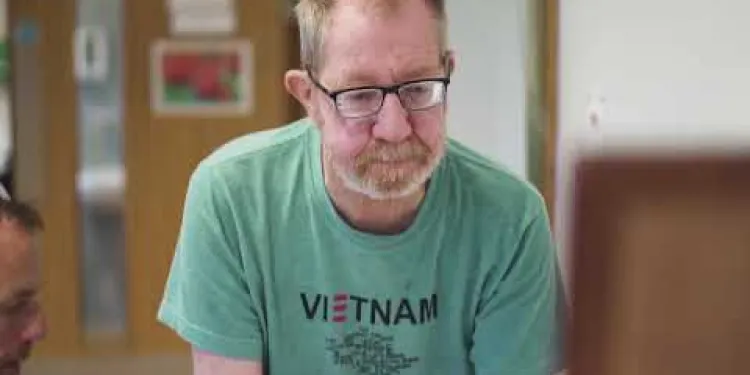
Vale Stroke Unit
Relevance: 74%
-

Assessing the stroke patient
Relevance: 63%
-
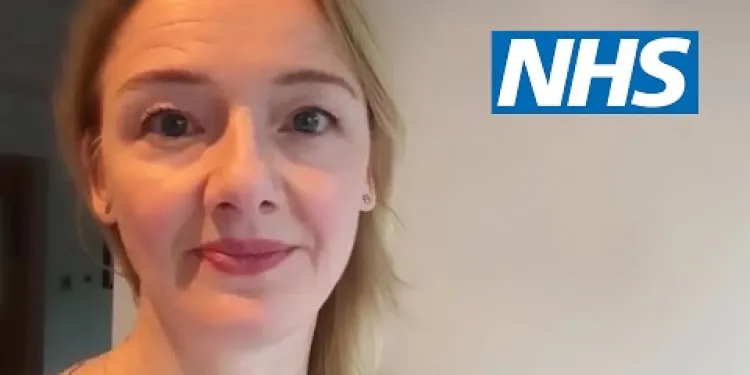
NHS Here for You – Stroke
Relevance: 60%
-
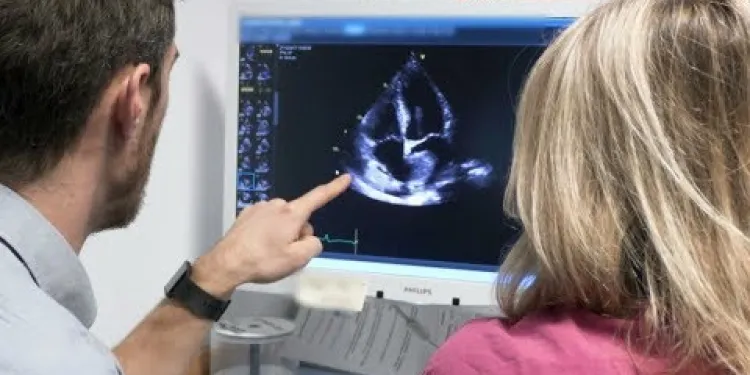
Join our echocardiography team
Relevance: 58%
-
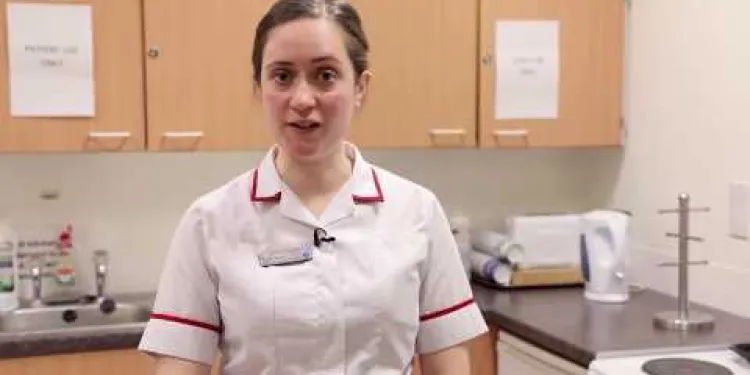
Stroke - Speech and Language Therapist's Experience
Relevance: 56%
-
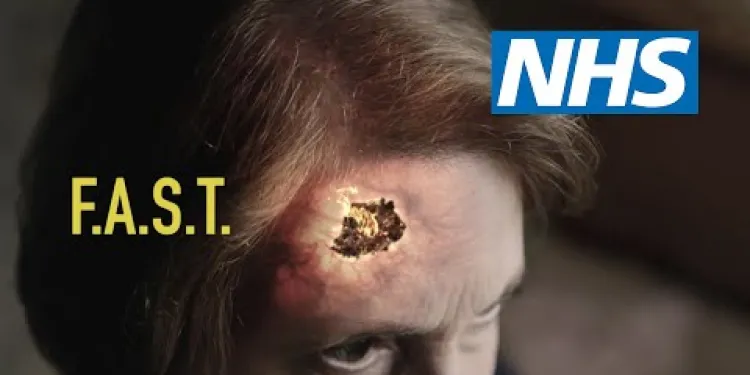
When Stroke Strikes Act F.A.S.T. | NHS
Relevance: 55%
-
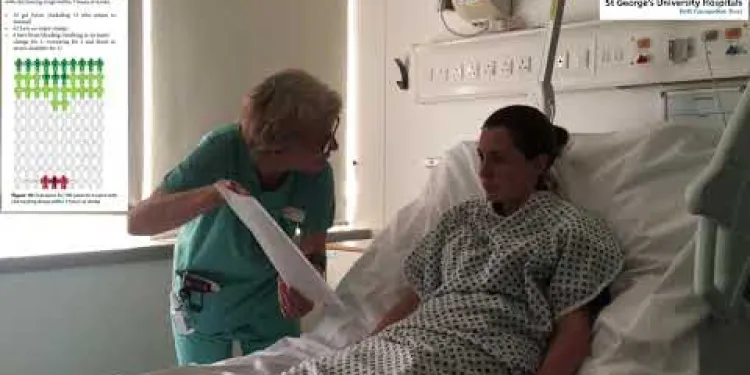
Gaining consent from stroke patients
Relevance: 55%
-
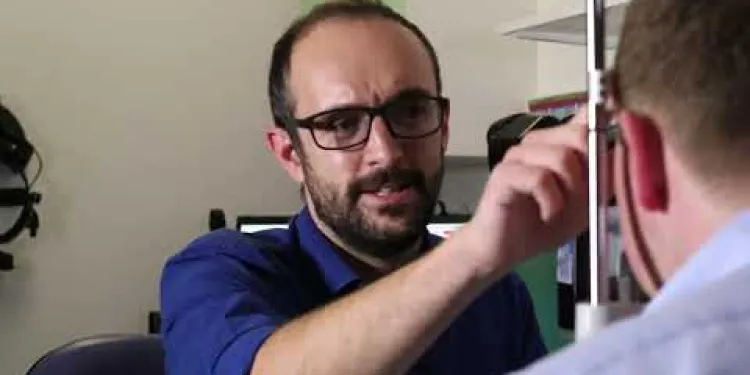
Glaucoma: about the Ophthalmology Team at University Hospitals Birmingham NHS Foundation Trust
Relevance: 41%
-

What are the risks of having high blood pressure?
Relevance: 21%
-
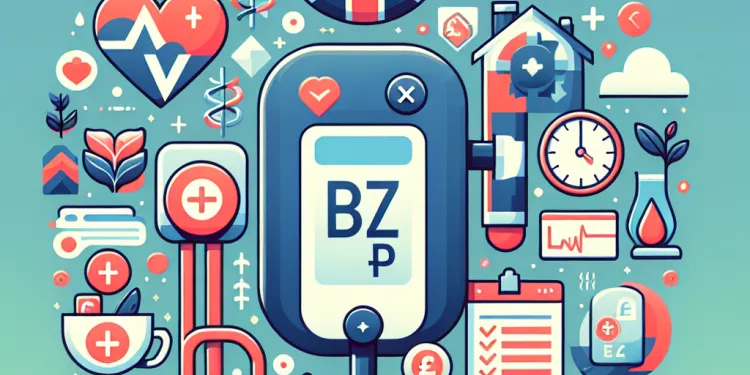
Can high blood pressure lead to other health problems?
Relevance: 18%
-

Can staying in a car during a heatwave be dangerous?
Relevance: 17%
-
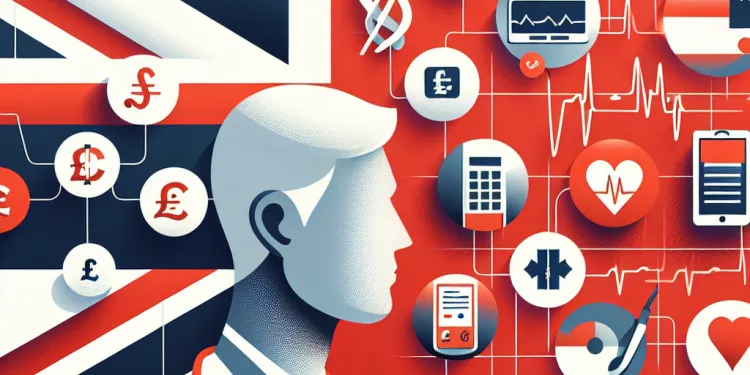
What are the complications of sickle cell disease?
Relevance: 16%
-
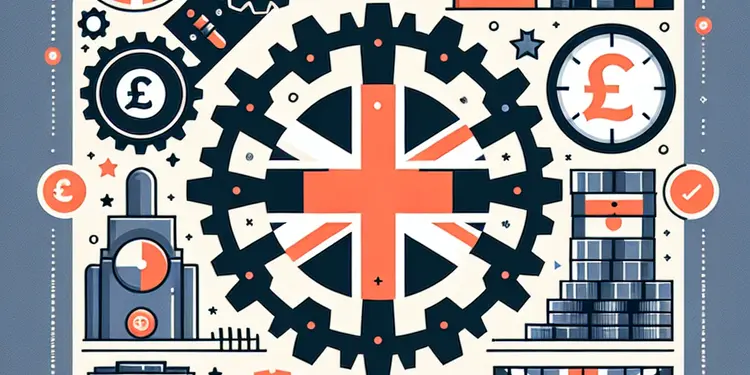
Are there specific tools provided for job efficiency?
Relevance: 16%
-
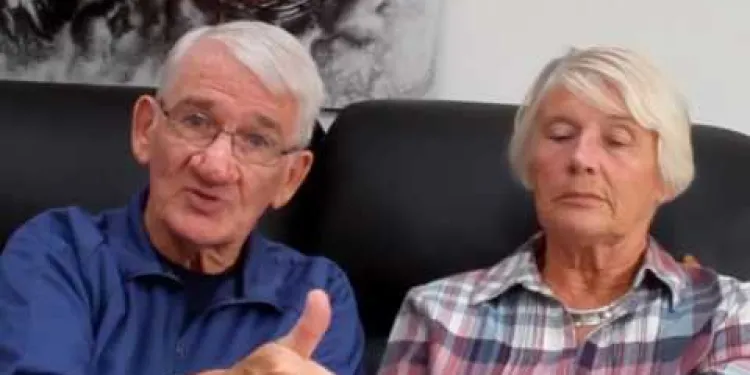
Joan's story - Aphasia Awareness
Relevance: 16%
-
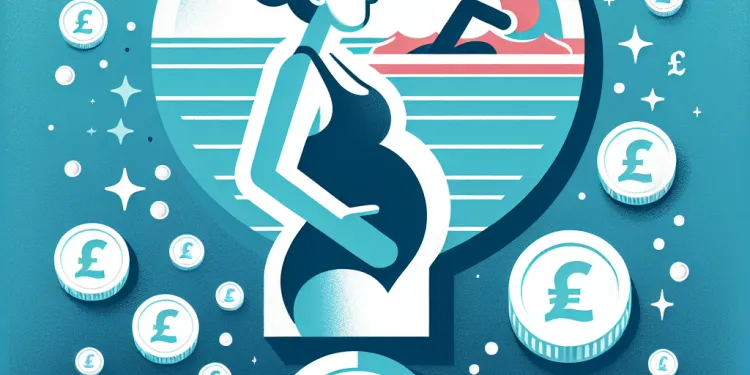
Is swimming a good exercise during pregnancy?
Relevance: 16%
-
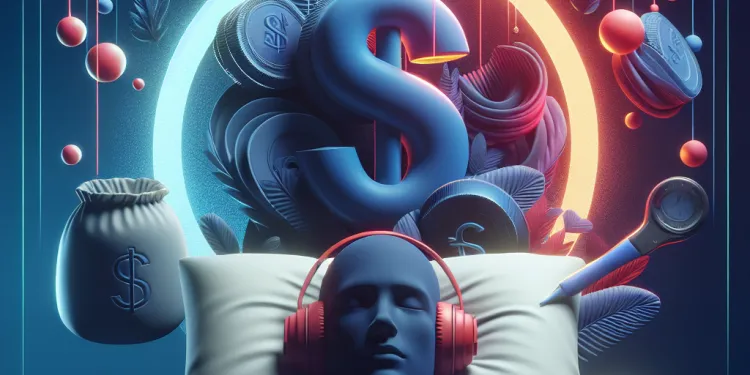
Why is sleep apnea dangerous?
Relevance: 15%
-
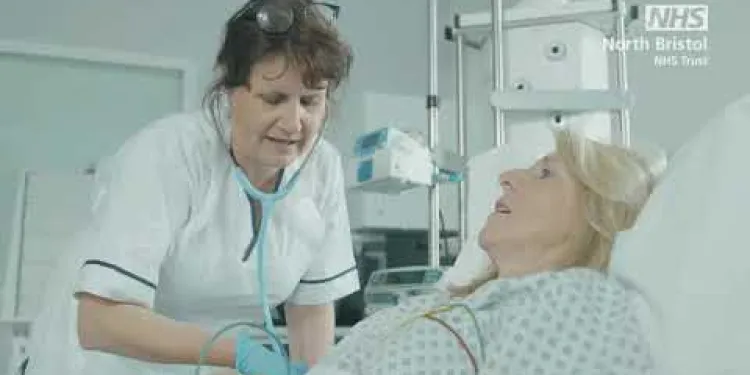
Your stay on the Intensive Care Unit at North Bristol NHS Trust
Relevance: 15%
-

What are the signs of heat exhaustion?
Relevance: 15%
-
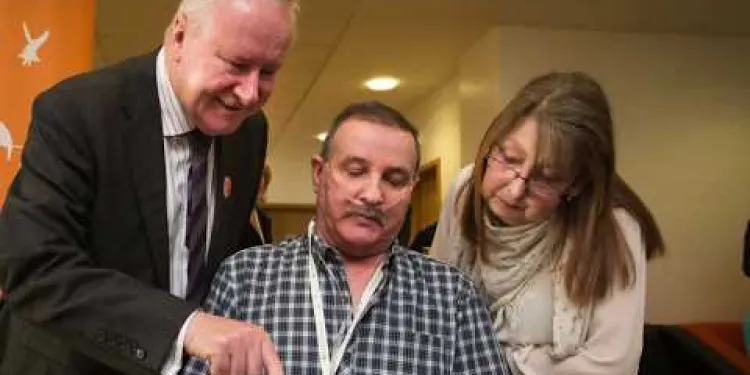
Bernard's Story - Lung Transplant
Relevance: 15%
-
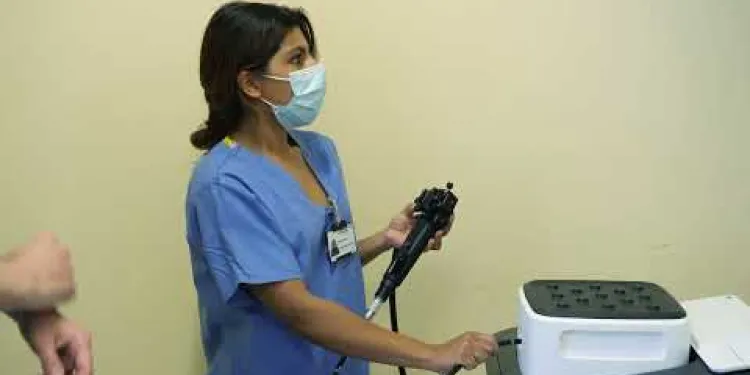
MTW Endoscopy service and training hub
Relevance: 15%
-
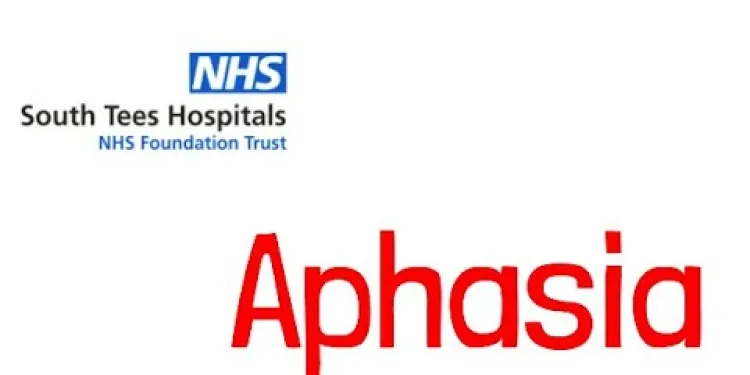
South Tees NHS - What is aphasia and how can you help?
Relevance: 14%
-
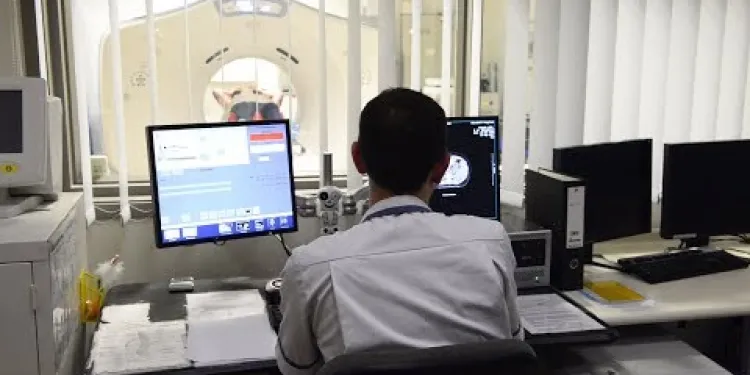
Having radiotherapy for breast cancer - 3 Videos
Relevance: 14%
-
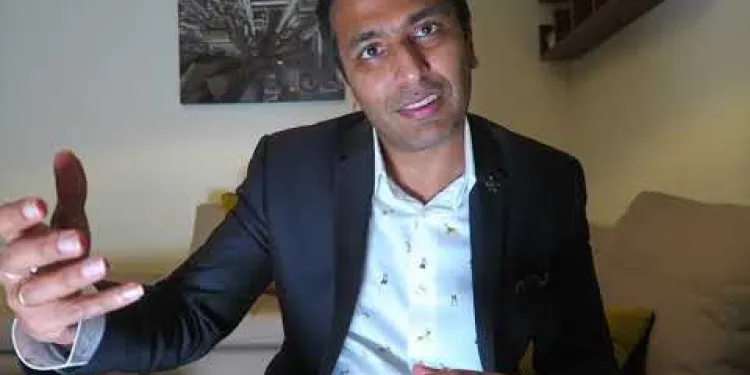
Is my abnormal heart rhythm dangerous?
Relevance: 14%
-
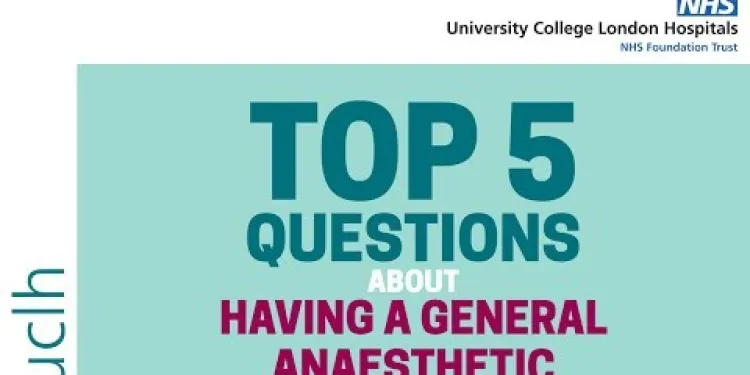
Top 5 questions about having a general anaesthetic
Relevance: 14%
-
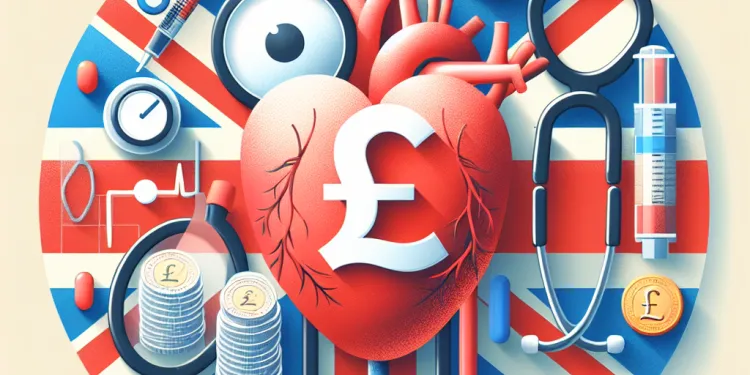
What are the types of thrombosis?
Relevance: 14%
-

What topics are covered in a first aid course?
Relevance: 14%
-
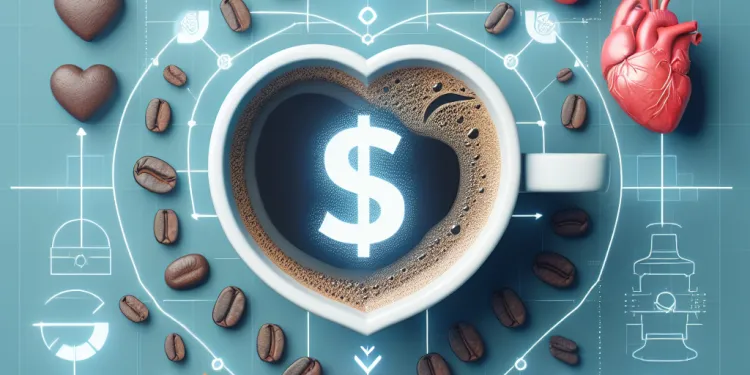
Does coffee consumption have any long-term heart health effects?
Relevance: 14%
-

Is it possible for alcohol alone to cause similar symptoms?
Relevance: 14%
-
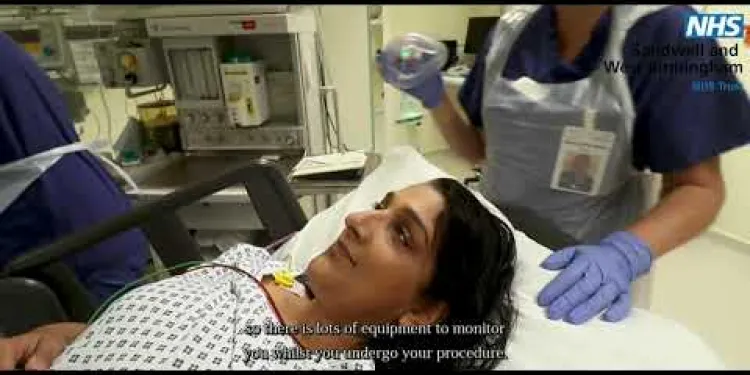
What to expect when visiting our hospitals for surgery | Theatres
Relevance: 13%
-
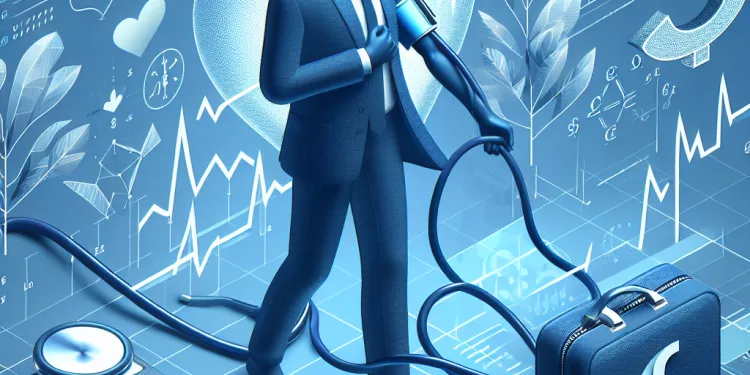
Why is high blood pressure called a 'silent killer'?
Relevance: 13%
-
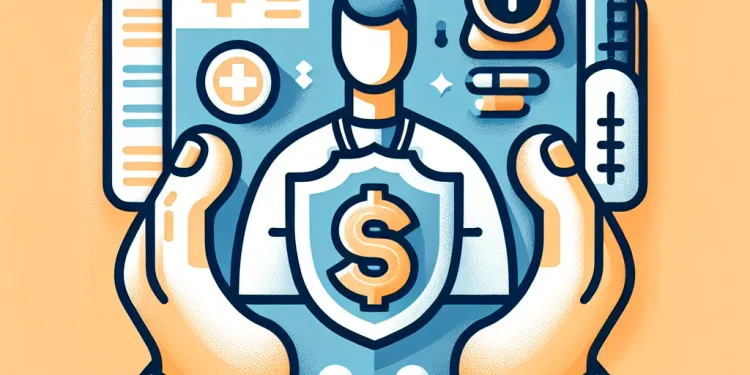
Are chiropractic treatments safe?
Relevance: 13%
-
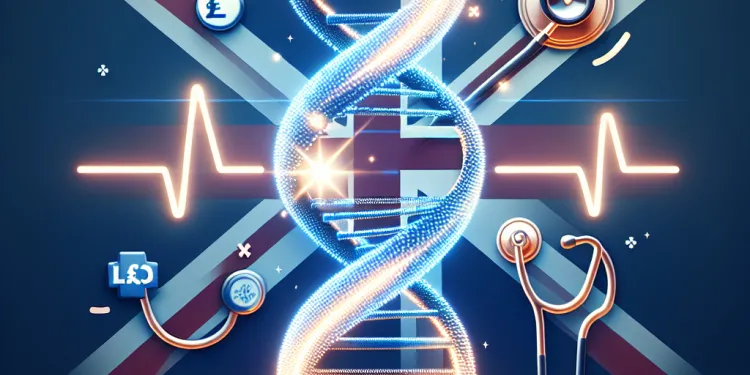
How is sickle cell disease treated?
Relevance: 13%
-
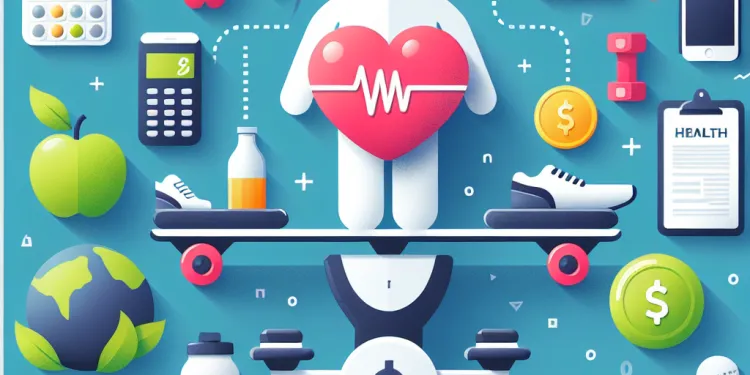
What health risks are associated with obesity?
Relevance: 13%
-
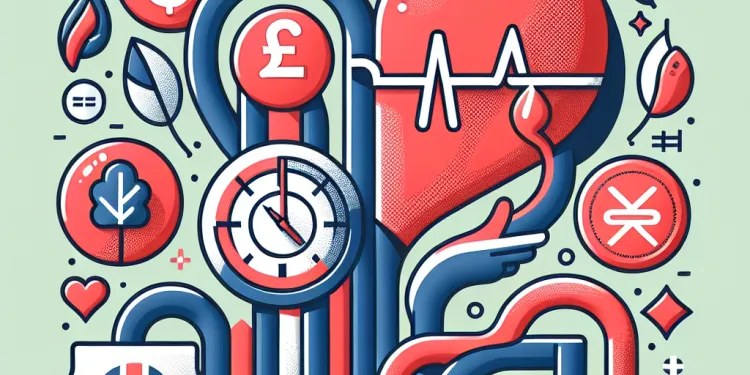
What are the symptoms of arterial thrombosis?
Relevance: 13%
-
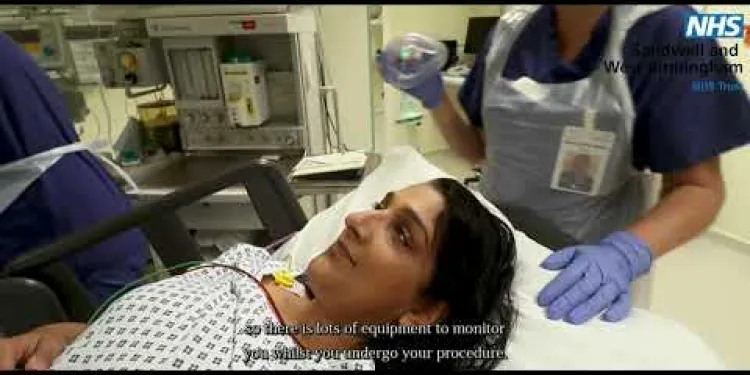
What to expect when visiting our hospitals for surgery | Theatres
Relevance: 13%
-
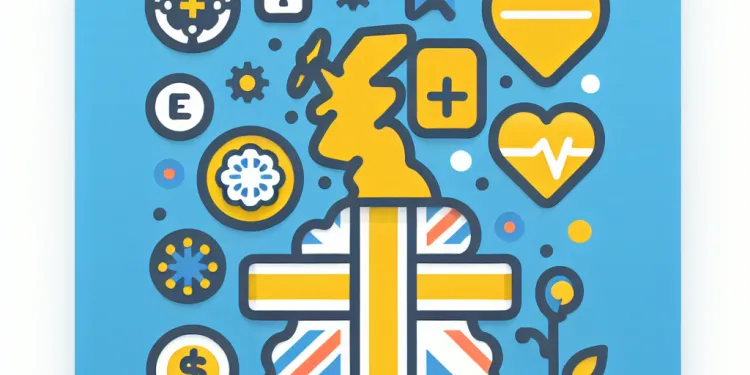
Accessing Mental Health Support Resources in the UK
Relevance: 13%
-
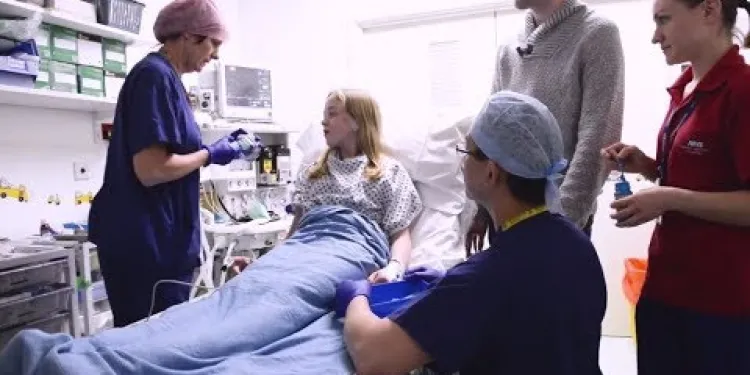
Having an operation in Oxford Children's Hospital with YiPpEe
Relevance: 13%
-
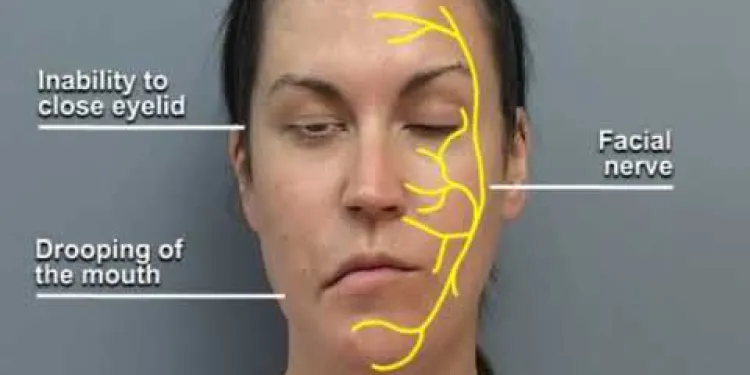
Understanding Facial Palsy
Relevance: 12%
-
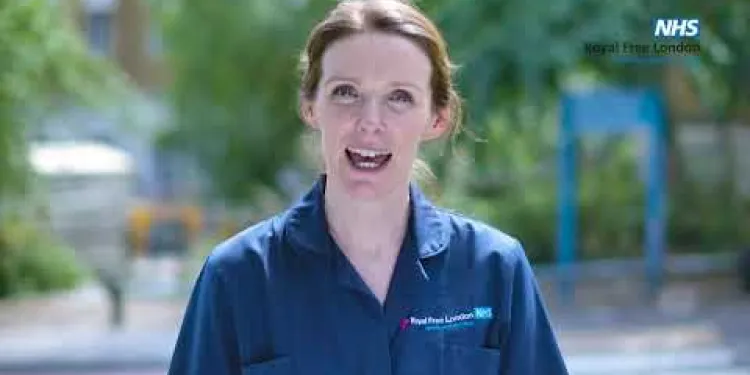
Having an operation or procedure at the Royal Free London
Relevance: 12%
NHS Forth Valley’s Stroke Team
Introduction
NHS Forth Valley’s Stroke Team is dedicated to providing comprehensive care and rehabilitation for individuals who have suffered a stroke. The team aims to deliver high-quality, patient-centered services that enhance recovery and support long-term health. Situated in Scotland and part of the NHS Scotland network, NHS Forth Valley’s Stroke Team plays a critical role in managing and treating cerebrovascular incidents in the region.
Roles and Responsibilities
The Stroke Team comprises a multi-disciplinary group of healthcare professionals, including neurologists, nurses, physiotherapists, occupational therapists, speech and language therapists, and clinical psychologists. Each team member plays a unique role in the diagnosis, treatment, and rehabilitation of stroke patients.
- Neurologists: Specialize in the medical management of stroke, including diagnosis and acute treatment.
- Nurses: Provide essential care, monitor patient progress, and offer support to both patients and their families.
- Physiotherapists: Develop personalized rehabilitation programs to regain mobility and physical function.
- Occupational Therapists: Help patients regain skills necessary for daily living and work activities.
- Speech and Language Therapists: Address communication and swallowing difficulties resulting from a stroke.
- Clinical Psychologists: Offer mental health support and strategies to cope with the aftermath of a stroke.
Acute Stroke Services
NHS Forth Valley’s Stroke Team provides acute stroke services that are critical in the immediate aftermath of a stroke. Rapid assessment and intervention are essential to minimize brain damage, improve outcomes, and increase the chances of recovery. The team uses advanced diagnostic tools such as CT and MRI scans to evaluate the extent of the stroke and determine the most appropriate treatment plan. Thrombolysis and other medical interventions may be employed to restore blood flow and prevent further damage.
Rehabilitation and Long-Term Support
Post-acute care and rehabilitation are vital components of stroke recovery. NHS Forth Valley’s Stroke Team offers a range of rehabilitation services tailored to individual needs. This includes physiotherapy sessions to improve strength and coordination, occupational therapy to assist in regaining independence, and speech therapy to enhance communication skills. The team also provides long-term support and follow-up services to monitor progress and address any ongoing challenges. Community stroke groups and support networks are available to ensure patients and their families have access to continuous care and assistance.
Community Engagement and Education
NHS Forth Valley’s Stroke Team is committed to raising awareness about stroke prevention and education within the local community. They conduct workshops, provide educational materials, and engage in public health campaigns to inform residents about the risk factors, symptoms, and the importance of timely medical intervention. By promoting healthier lifestyles and early recognition of stroke signs, the team strives to reduce the incidence and impact of strokes in the Forth Valley region.
NHS Forth Valley’s Stroke Team
Introduction
The Stroke Team at NHS Forth Valley helps people who have had a stroke. They give care and help people get better. They are in Scotland and are part of NHS Scotland. They help manage and treat strokes in this area.
Who is in the Team?
The Stroke Team has different healthcare workers. This includes doctors, nurses, and therapists who help in many ways.
- Doctors: These doctors know a lot about strokes. They help find out if someone had a stroke and start treatment.
- Nurses: Nurses take care of patients, check how they are doing, and help their families too.
- Physiotherapists: They help people move better and get stronger after a stroke.
- Occupational Therapists: They help people learn to do daily tasks and work again.
- Speech and Language Therapists: They help people talk and eat if they have trouble after a stroke.
- Clinical Psychologists: They support mental well-being and help people cope with changes after a stroke.
Immediate Stroke Care
After a stroke, quick help is very important. NHS Forth Valley’s Stroke Team acts fast to help and reduce brain damage. They use special tools like CT and MRI scans to see what happened in the brain and decide how to help best. They may use medicine to help blood flow properly again.
Getting Better and Ongoing Help
After the first care, getting better needs special attention. The Stroke Team helps with things like exercises for strength, working on daily skills, and improving speech. They keep in touch to check on progress and help solve any new issues. Patients and families can also join support groups in the community.
Community Help and Learning
The Stroke Team teaches people in the community about preventing strokes. They hold workshops and give out information. They want people to know the signs of a stroke and to seek help quickly. By doing this, they aim to lower the number of strokes and make outcomes better for everyone.
Frequently Asked Questions
What is a stroke?
A stroke occurs when the blood supply to part of the brain is cut off. This can cause brain cells to be damaged or die.
What are the symptoms of a stroke?
The symptoms of a stroke can include sudden weakness or numbness in the face, arm, or leg, especially on one side of the body, sudden confusion, trouble speaking or understanding speech, sudden trouble seeing in one or both eyes, sudden trouble walking, dizziness, loss of balance or coordination, and sudden severe headache with no known cause.
What should I do if I think someone is having a stroke?
Act F.A.S.T.: Face – check if the person's face has drooped on one side; Arms – check if they can raise both arms and keep them there; Speech – check if their speech is slurred or strange; Time – if you observe any of these signs, it's time to call 999 immediately.
What are the types of stroke?
The two main types of stroke are ischemic strokes (caused by a blockage cutting off the blood supply to the brain) and hemorrhagic strokes (caused by bleeding in or around the brain).
What causes a stroke?
Strokes can be caused by a blocked artery (ischemic stroke), leaking or bursting of a blood vessel (hemorrhagic stroke), or a temporary disruption of blood flow to the brain (transient ischemic attack, or TIA).
How is a stroke diagnosed?
A stroke is diagnosed through a physical and neurological examination, imaging tests such as CT scans or MRIs, and other diagnostic tests to identify the cause and type of stroke.
Can strokes be prevented?
While not all strokes can be prevented, you can reduce your risk by maintaining a healthy lifestyle: managing blood pressure, eating a balanced diet, exercising regularly, avoiding smoking, and preventing or managing diabetes and high cholesterol.
What treatments are available for stroke?
Treatment depends on the type of stroke. For ischemic strokes, treatment can involve clot-busting medications or procedures such as mechanical thrombectomy. For hemorrhagic strokes, treatment focuses on controlling bleeding and reducing pressure in the brain. Rehabilitation is crucial for recovery.
What is TIA (Transient Ischemic Attack)?
A transient ischemic attack (TIA), often called a mini-stroke, is a temporary period of symptoms similar to those of a stroke. TIAs are warning signs and require immediate medical attention as they can indicate a high risk of having a full stroke.
How long does it take to recover from a stroke?
Recovery time varies widely depending on the severity of the stroke and individual differences. Some may recover completely within a few months, while others with more severe strokes may take years or have long-lasting disabilities.
Can children have strokes?
Yes, although it is rare, children can also suffer from strokes. The symptoms and risks are similar to those in adults.
How does high blood pressure contribute to stroke risk?
High blood pressure is the single most significant risk factor for stroke. It can damage blood vessel walls, making them prone to rupturing or clotting, which can lead to strokes.
What lifestyle changes can help prevent a stroke?
To help prevent a stroke, it's important to manage your blood pressure, eat a healthy diet, exercise regularly, avoid smoking, limit alcohol intake, and manage stress levels.
What is the role of rehabilitation after a stroke?
Rehabilitation is crucial after a stroke to help regain lost skills and adapt to any long-term changes. It can include physical therapy, occupational therapy, speech therapy, and psychological support.
Where can I find support after a stroke?
Support is available from the NHS, local support groups, charities such as the Stroke Association, and specialized rehabilitation services provided by healthcare professionals.
What is a stroke?
A stroke happens when blood can't get to your brain. This can hurt your brain.
If you think someone is having a stroke, call 999 right away.
Here’s an easy way to remember the signs of a stroke: FAST
- Face - Is their face drooping on one side?
- Arms - Can they lift both arms?
- Speech - Is their speech slurred?
- Time - Call 999 fast if you see these signs.
Talking to a doctor can help you understand more.
A stroke happens when blood cannot get to part of the brain. This can hurt brain cells or make them die.
What happens when someone has a stroke?
A stroke can make your body feel different very quickly. Here are some things that can happen:
- Your face, arm, or leg might feel weak or numb, especially on one side of your body.
- You might feel confused or have trouble talking or understanding what people say.
- You might have trouble seeing with one or both eyes.
- You might have trouble walking, feel dizzy, or lose your balance.
- You might get a really bad headache that comes out of nowhere.
If any of these things happen, get help from a doctor right away. You can also use tools like picture cards to help explain how you feel.
What to do if you think someone is having a stroke?
If you think someone is having a stroke, act fast. Here is what you should do:
- Face: Ask the person to smile. Is one side of their face drooping?
- Arms: Ask the person to raise both arms. Is one arm drifting down?
- Speech: Ask the person to repeat a simple sentence. Is their speech slurred or strange?
- Time: If you see any of these signs, call emergency services right away.
Always remember to stay calm and explain clearly to emergency services what you see. You can use a phone to call for help.
Act F.A.S.T.: Face – Look to see if one side of the person's face is drooping; Arms – Ask them to lift both arms and see if one arm drops down; Speech – Listen to check if they have trouble speaking or sound different; Time – If you see any of these signs, call 999 right away.
What are the types of stroke?
A stroke happens when blood stops going to the brain. There are two main types of stroke. Here is an easy way to understand them:
1. Ischemic Stroke
This happens when a blood clot blocks blood from getting to the brain. It's like a roadblock stopping cars from moving.
2. Hemorrhagic Stroke
This happens when a blood vessel in the brain breaks and bleeds. It's like a pipe bursting and water spilling out.
To help understand better, you can try:
- Using simple pictures or drawings to show how strokes work.
- Talking to a doctor or nurse who can explain more.
- Watching easy videos about strokes online.
There are two big kinds of strokes. One kind happens when something blocks blood from getting to the brain. This is called an ischemic stroke. The other kind happens when there is bleeding in or around the brain. This is called a hemorrhagic stroke.
What causes a stroke?
A stroke happens when the brain doesn't get enough blood.
This can happen for two main reasons:
- A blood vessel in the brain gets blocked. This is called an ischemic stroke.
- A blood vessel in the brain bursts and bleeds. This is called a hemorrhagic stroke.
When the brain doesn't get enough blood, it can get hurt.
To help understand, you can:
- Look at pictures that show how blood flows in the brain.
- Use simple drawings to explain how a stroke happens.
- Ask a helper to read the information with you.
A stroke happens when blood can't get to the brain. This can happen because:
- A blood vessel gets blocked (this is called an ischemic stroke).
- A blood vessel leaks or bursts (this is called a hemorrhagic stroke).
- The blood flow to the brain stops for a little while (this is called a transient ischemic attack or TIA).
How do doctors know if someone has a stroke?
Doctors use tests to see if a person had a stroke.
They might look at pictures of the brain using special machines like a CT scan or an MRI. These are like cameras that take pictures inside the head.
They may also check how the person talks, moves, and remembers things.
If you want to learn more about strokes, you can use tools like videos or pictures to help understand better.
A doctor finds out if someone had a stroke by doing different tests. They check the person's body and their brain. They use special pictures called CT scans or MRI scans to see inside the head. These tests help the doctor know what kind of stroke it is and why it happened.
Can we stop strokes from happening?
We can try to stop strokes by doing healthy things. Here is how:
- Eat healthy foods like fruits and vegetables.
- Exercise regularly, like playing or walking.
- Don't smoke or stop smoking if you do.
- Check your blood pressure with help from adults.
- Get regular check-ups from the doctor.
Use pictures or videos if you find it hard to read. It's okay to ask someone you trust for help.
Strokes are serious, but you can help stop them by staying healthy. Here are some tips:
- Check your blood pressure. Keeping it normal is good.
- Eat healthy food with lots of fruits and veggies.
- Move your body. Play, run, or play sports.
- Don’t smoke. Smoking is bad for your health.
- If you have diabetes, take care of it. Keep your blood sugar normal.
- Keep your cholesterol low too. This helps your heart.
For help, you can use apps or talk to a doctor or nurse. They can give good advice. You can also find support groups to help you stay on track.
What can help someone who had a stroke?
Here are some things that can help if a person has a stroke:
- Medicines: Doctors can give medicine to help clear the blood clot in the brain. This can help the person get better.
- Therapy: A person might see special doctors like physical therapists. They help the person walk and move better.
- Speech therapy: Some people need help talking. A speech therapist can help with this.
- Healthy habits: Eating healthy food and exercising can make the person stronger.
If someone feels sick, they should go to the hospital right away. It's important to get help fast.
How we treat a stroke depends on the kind of stroke. For strokes caused by a clot, medicine can help break it up. Sometimes, doctors do a special procedure to take out the clot. For strokes caused by bleeding, doctors work to stop the bleeding and help reduce pressure in the brain. Getting better often means doing special exercises and therapies to help you recover.
What is a TIA (Transient Ischemic Attack)?
A TIA is when the blood stops going to the brain for a short time. It's like a small stroke.
Signs of a TIA can be:
- Weakness in your face, arm, or leg
- Trouble talking
- Trouble seeing
- Feeling dizzy
If you think you have a TIA, tell a doctor right away. It's important!
You can use picture cards or apps to help you remember the signs and what to do.
A TIA stands for transient ischemic attack. People also call it a mini-stroke. It makes you feel like you are having a stroke, but it doesn't last long. A TIA is a warning sign. It means you might have a big stroke soon. It is very important to go to the doctor right away if you have a TIA. This can help you stay safe.
How long to get better after a stroke?
Having a stroke is when the blood to your brain stops. Getting better takes time.
Some people might feel better quickly. Others need more time.
Everyone is different.
Doctors and helpers can guide you to get better.
Using tools like speech and moving exercises can help.
Be patient and kind to yourself as you heal.
How long it takes to get better after a stroke is different for everyone. It depends on how bad the stroke was and the person. Some people get better in a few months. Others might take years if the stroke was really bad. Some might not get all the way better and have problems for a long time.
Can kids have strokes?
Yes, kids can have strokes. A stroke is when blood can’t get to parts of the brain. This can happen to anyone, even babies and kids.
If you think a kid had a stroke, tell a grown-up and call a doctor fast. Acting quickly is very important.
Some signs of a stroke are:
- The kid can’t move one side of their body.
- The kid has trouble speaking.
- The kid has a bad headache.
Tools to help:
- Pictures and simple words can help explain things.
- Apps with easy words and pictures can help kids understand more about strokes.
- Talking to a doctor or nurse who knows about strokes can also help.
Yes, but it doesn't happen often, kids can have strokes too. The signs and dangers are like those in grown-ups.
How does high blood pressure make a stroke more likely?
High blood pressure means the blood moves too hard and fast through your body.
This is bad for your heart and blood vessels.
If they get hurt, it can cause a stroke.
To help understand better, you can use pictures or ask someone to explain.
Having high blood pressure is the biggest reason why people have strokes. High blood pressure can hurt the walls of blood tubes in your body. When these walls get weak or have clots, they can break and cause a stroke.
How can you change your life to stop a stroke from happening?
You can stay healthy and avoid a stroke by doing some simple things:
- Eat healthy food: Try to eat fruits, vegetables, and whole grains.
- Exercise regularly: Move your body every day. You can walk, dance, or play sports.
- Stop smoking: If you smoke, try to quit. Smoking is not good for your health.
- Check your blood pressure: Ask a doctor or nurse to check your blood pressure often.
- Limit alcohol: Try not to drink too much alcohol. It is healthier to drink less.
Here are some helpful tools or techniques:
- Use reminders: Set a timer or write notes to remember to exercise or eat healthy.
- Ask for help: Talk to friends, family, or a doctor if you need support.
- Join a group: Find a group of people who also want to live healthy. This can help you stay motivated.
To stop a stroke from happening, you can do these things:
- Keep your blood pressure healthy.
- Eat good food like fruits and vegetables.
- Exercise or play outside often.
- Don't smoke cigarettes.
- Drink less alcohol.
- Find ways to stay calm and happy.
What happens after a stroke?
After a stroke, people often need help to get better. This is called rehabilitation. Rehabilitation helps you learn again and get stronger. It is important to start this as soon as possible.
Here are some ways rehabilitation helps:
- Teaches you to move and walk again.
- Helps you talk if you have trouble speaking.
- Makes your body strong and healthy.
- Shows you how to do everyday things like eating and dressing.
You can use pictures and videos to better understand these tasks. Ask for help when you need it. Family and friends can support you too.
After someone has a stroke, they might need help to get better. This help is called rehabilitation. It helps people learn to do things like they did before. It also helps them get used to changes that might last a long time.
Rehabilitation can include different types of help. Some people need physical therapy to help their bodies move well. Others might need occupational therapy to help them do everyday things like getting dressed. Some people go to speech therapy if they have trouble talking. Support for feelings and emotions, called psychological support, is also important.
There are tools that can help too. Apps or simple books with pictures can make it easier to learn and keep track of progress.
Where can I get help after a stroke?
A stroke is when the blood flow to your brain gets blocked. This can make you feel unwell and need extra help. It's important to know where to get help.
Here are some ways to find support:
- Ask your doctor. They can tell you about support groups and services.
- Look for local support groups in your area. These groups can help you talk to other people who understand how you feel.
- Check online. There are websites that offer advice and support for people who have had a stroke.
Tools to help:
- Use a calendar to keep track of appointments.
- Write down questions to ask your doctor or nurse.
- Ask someone you trust to help you find information.
You can get help from the NHS. There are also local groups and charities like the Stroke Association. Healthcare experts can give you special rehabilitation services too.
Useful Links
- Ergsy carfully checks the information in the videos we provide here.
- Videos shown by Youtube after a video has completed, have NOT been reviewed by ERGSY.
- To view, click the arrow in centre of video.
- Most of the videos you find here will have subtitles and/or closed captions available.
- You may need to turn these on, and choose your preferred language.
- Go to the video you'd like to watch.
- If closed captions (CC) are available, settings will be visible on the bottom right of the video player.
- To turn on Captions, click settings .
- To turn off Captions, click settings again.
More Items From Ergsy search
-

NHS Forth Valley’s Stroke Team
Relevance: 100%
-

Vale Stroke Unit
Relevance: 74%
-

Assessing the stroke patient
Relevance: 63%
-

NHS Here for You – Stroke
Relevance: 60%
-

Join our echocardiography team
Relevance: 58%
-

Stroke - Speech and Language Therapist's Experience
Relevance: 56%
-

When Stroke Strikes Act F.A.S.T. | NHS
Relevance: 55%
-

Gaining consent from stroke patients
Relevance: 55%
-

Glaucoma: about the Ophthalmology Team at University Hospitals Birmingham NHS Foundation Trust
Relevance: 41%
-

What are the risks of having high blood pressure?
Relevance: 21%
-

Can high blood pressure lead to other health problems?
Relevance: 18%
-

Can staying in a car during a heatwave be dangerous?
Relevance: 17%
-

What are the complications of sickle cell disease?
Relevance: 16%
-

Are there specific tools provided for job efficiency?
Relevance: 16%
-

Joan's story - Aphasia Awareness
Relevance: 16%
-

Is swimming a good exercise during pregnancy?
Relevance: 16%
-

Why is sleep apnea dangerous?
Relevance: 15%
-

Your stay on the Intensive Care Unit at North Bristol NHS Trust
Relevance: 15%
-

What are the signs of heat exhaustion?
Relevance: 15%
-

Bernard's Story - Lung Transplant
Relevance: 15%
-

MTW Endoscopy service and training hub
Relevance: 15%
-

South Tees NHS - What is aphasia and how can you help?
Relevance: 14%
-

Having radiotherapy for breast cancer - 3 Videos
Relevance: 14%
-

Is my abnormal heart rhythm dangerous?
Relevance: 14%
-

Top 5 questions about having a general anaesthetic
Relevance: 14%
-

What are the types of thrombosis?
Relevance: 14%
-

What topics are covered in a first aid course?
Relevance: 14%
-

Does coffee consumption have any long-term heart health effects?
Relevance: 14%
-

Is it possible for alcohol alone to cause similar symptoms?
Relevance: 14%
-

What to expect when visiting our hospitals for surgery | Theatres
Relevance: 13%
-

Why is high blood pressure called a 'silent killer'?
Relevance: 13%
-

Are chiropractic treatments safe?
Relevance: 13%
-

How is sickle cell disease treated?
Relevance: 13%
-

What health risks are associated with obesity?
Relevance: 13%
-

What are the symptoms of arterial thrombosis?
Relevance: 13%
-

What to expect when visiting our hospitals for surgery | Theatres
Relevance: 13%
-

Accessing Mental Health Support Resources in the UK
Relevance: 13%
-

Having an operation in Oxford Children's Hospital with YiPpEe
Relevance: 13%
-

Understanding Facial Palsy
Relevance: 12%
-

Having an operation or procedure at the Royal Free London
Relevance: 12%


